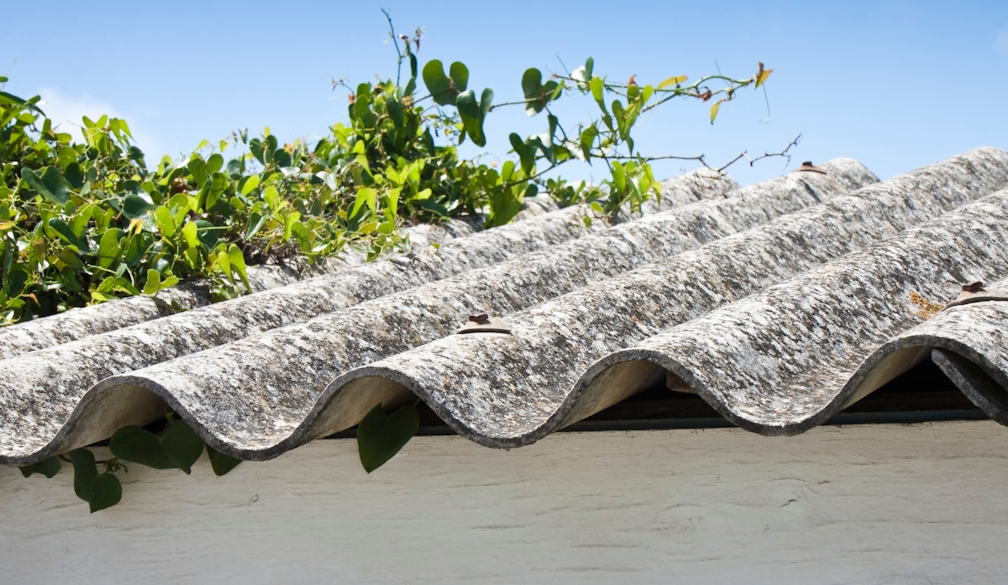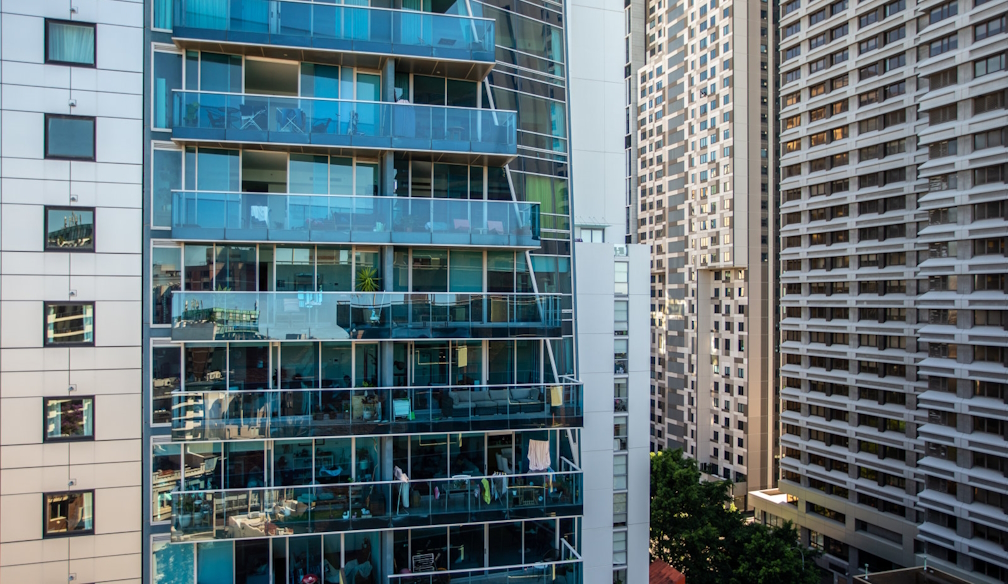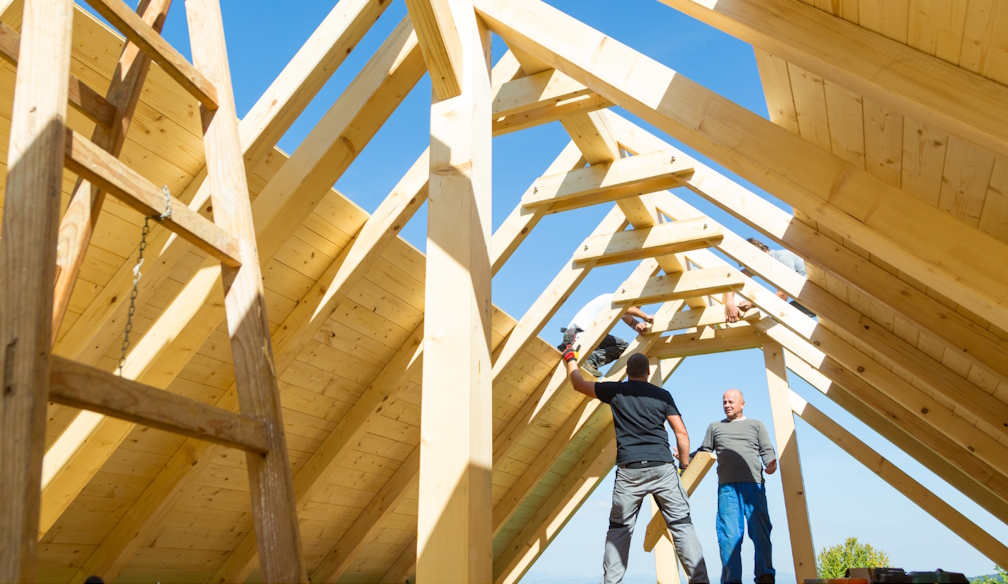Young people may be exposed to asbestos while getting on the property ladder
- Written by Slater and Gordon Lawyers

A young asbestos lawyer has warned that in order to try and get a foothold into the housing market, her generation are being forced into buying homes that could be putting them at risk.
Slater and Gordon Lawyer in Dust Diseases Hannah Murray, said that due to inflated house prices the most affordable homes are often older ones that could be hiding a toxic secret
“Older houses or ‘fixer uppers’ appeal to young people as they’re often the most affordable homes to buy.”
“It’s a scene I think we’re all familiar with. A first-time home buyer moves in next door and plans to renovate their home to save money. Soon enough the new owner starts ripping it apart, and before you know it there’s a pile of debris out the front.
“As an asbestos lawyer this scene concerns me. Recently, I’ve seen a surge of DIYers posting their projects over social media. With the rising cost of living, DIY has become increasingly popular, and many Australians have been inspired by social media to renovate their own homes, Ms Murray said.
According to the Asbestos Safety and Eradication Agency a staggering 1 in 3 homes in Australia built before 1990 contain the deadly asbestos fiber.
Loose fibres that are invisible to the naked eye can contaminate your hair, clothing and even surrounding furniture. The inhalation of asbestos dust and fibres can cause mesothelioma, an aggressive terminal cancer for which there is no cure. Low levels of exposure to asbestos can cause mesothelioma.
“I was born in the 90s, so when I grew up asbestos had been phased out in building products. I don’t remember learning about asbestos in school. I had a very limited understanding of how commonly asbestos was used and how dangerous it was until I started working in asbestos litigation.
“In Australia, a home that was built before 1990 almost certainly has asbestos in it. There are many different areas that asbestos can be found inside and outside your home; including in roofing, flooring, fencing, putty/glues, plumbing, cement building materials, carpet underlay and insulation.
“As a home buyer you have some legal protections. The Sale of Land Amendment Act 2019 (Vic) introduced changes that prevent a vendor or agent from knowingly concealing material facts about a property.
“What this means is, if tests and investigations have been done and asbestos has been found in a home, and the vendors or agents know about it, they are required to inform buyers.
“Despite these positive changes to help protect home buyers, there is currently no obligation for vendors or agents to arrange for the asbestos testing of properties,” Ms Murray said.
If you become aware of damaged asbestos, or you are wishing to renovate an area which might contain it you must take all necessary precautions to prevent or minimise exposure to asbestos fibres. This includes:
Any tradesperson, handyman or contractor that you hire to carry out repairs, renovations or maintenance must have an asbestos removal licence.
All asbestos waste must be disposed of at a landfill site licensed to accept asbestos waste.
“It is great that young people want to save money and do the work themselves, but it is important they are aware of the potential dangers if they encounter asbestos. Sadly, asbestos diseases take decades to develop from first exposure, so it is important that young renovators take precautions so they don’t regret their DIY project in 20 years’ time.”
“Before you begin any home renovation project it is important to check that you are not disturbing deadly asbestos building and insulation products. If you are unsure, you should have your home checked by a qualified tester. If asbestos is found in your home, contact a licensed asbestos removalist immediately.
“If you have been diagnosed with an asbestos related disease, do not delay in seeking legal advice,” Ms Murray said.
If you fear you have been exposed register your exposure here to help yourself and others: https://www.slatergordon.com.








